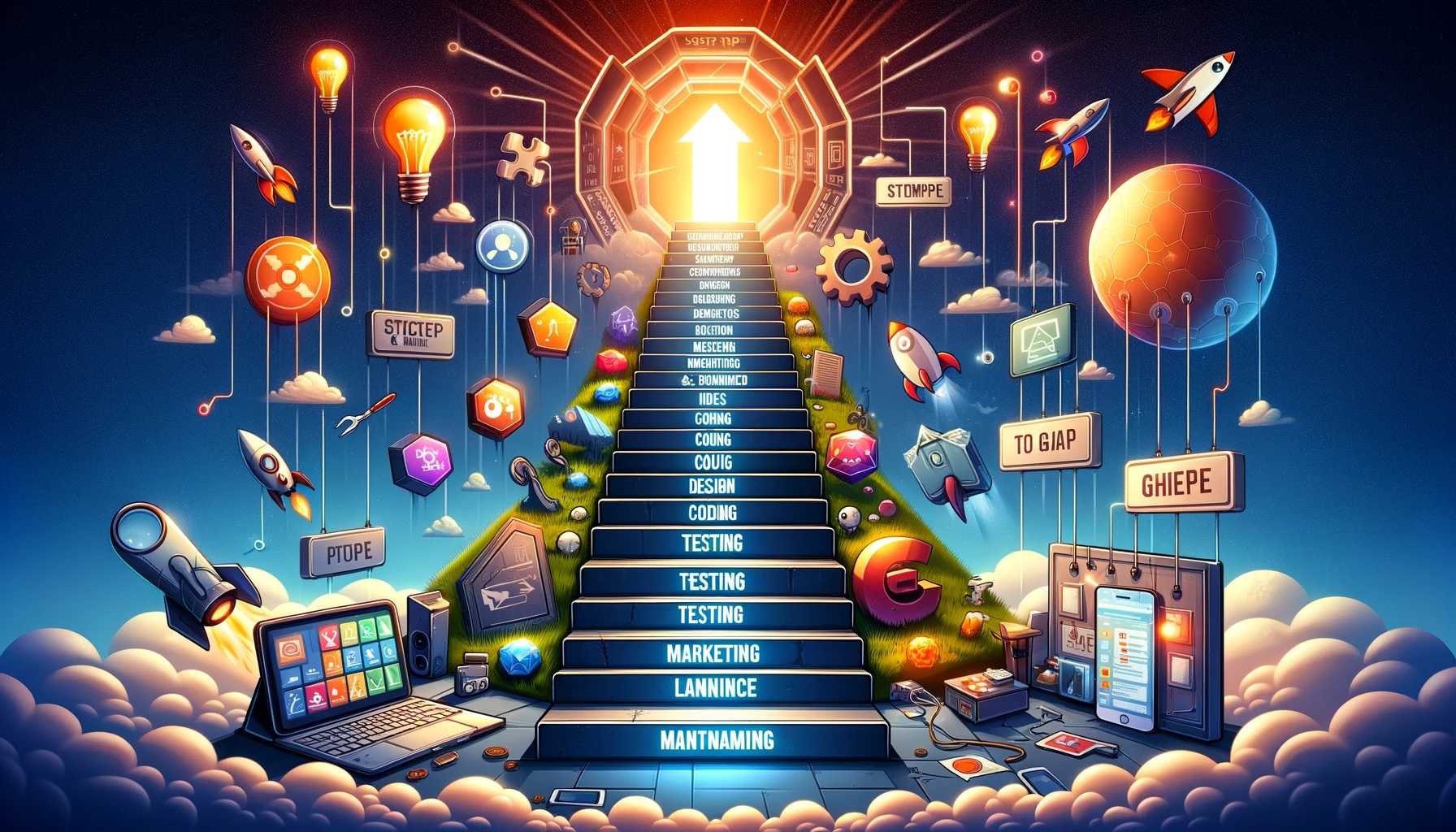Mobile gaming has become a ubiquitous part of our digital lives, offering endless entertainment and opportunities for creativity. If you've ever dreamed of creating your own mobile game but weren't sure where to start, you're in the right place! In this comprehensive guide, we'll walk you through the process of making a mobile game in 7 easy-to-follow steps. So grab your creative hat and let's dive in!
Define Your Game Concept:
Every great game starts with a compelling concept. Before diving into development, take some time to brainstorm ideas for your mobile game. Consider the genre, gameplay mechanics, art style, and target audience. Whether you're envisioning a fast-paced arcade game, a challenging puzzle game, or an immersive role-playing adventure, defining your game concept is the crucial first step in the development process.
Choose Your Development Tools:
Once you have a clear concept in mind, it's time to choose the right development tools for bringing your vision to life. There are many options available for mobile game development, ranging from beginner-friendly platforms to more advanced game engines. Some popular choices include Unity, Unreal Engine, GameMaker Studio, and Construct. Research each option to determine which one best suits your needs and skill level.
Design Your Game Mechanics:
With your development tools in hand, it's time to design the core mechanics of your game. Think about how players will interact with your game – what actions will they perform, what challenges will they face, and what goals will they strive to achieve? Consider prototyping your game mechanics using paper sketches or digital mockups to iterate and refine your ideas before diving into full-scale development.
Create Your Game Assets:
No mobile game is complete without eye-catching visuals and immersive audio. Whether you're an artist, musician, or designer, creating high-quality game assets is an essential step in the development process. From character sprites and background images to sound effects and music tracks, invest time and effort into crafting assets that bring your game world to life and enhance the player experience.
Implement Your Game Logic:
With your assets ready to go, it's time to start coding! Implementing your game logic involves writing the underlying code that controls how your game functions. This includes everything from player movement and collision detection to scoring systems and level progression. Depending on your chosen development tools, you may be working with languages like JavaScript, C#, or Python. Take your time to write clean, organized code that's easy to maintain and debug as you build out your game's features.
Test and Iterate:
Testing is a critical phase of the game development process, ensuring that your game is fun, engaging, and free of bugs or glitches. Begin by testing your game on multiple devices to ensure compatibility and performance across various screen sizes and hardware specifications. Solicit feedback from friends, family, and fellow developers to identify areas for improvement and iterate on your design based on their input. Remember, game development is an iterative process – don't be afraid to make changes and adjustments as needed to improve the player experience.
Polish and Release:
Once you're satisfied with the gameplay, visuals, and overall polish of your game, it's time to prepare for release. Create promotional materials such as screenshots, trailers, and app store descriptions to attract players to your game. Consider implementing monetization strategies such as in-app purchases, ads, or premium versions to generate revenue from your game. Finally, submit your game to the appropriate app stores (e.g., Apple App Store, Google Play Store) and celebrate the culmination of your hard work and creativity as you share your mobile game with the world!
In conclusion, making a mobile game is an exciting and rewarding journey that allows you to unleash your creativity and passion for gaming. By following these 7 simple steps – defining your game concept, choosing your development tools, designing your game mechanics, creating your game assets, implementing your game logic, testing and iterating, and polishing and releasing – you can bring your mobile game idea to life and share it with players around the globe. So what are you waiting for? Start building your mobile game today and embark on an epic adventure in game development!
